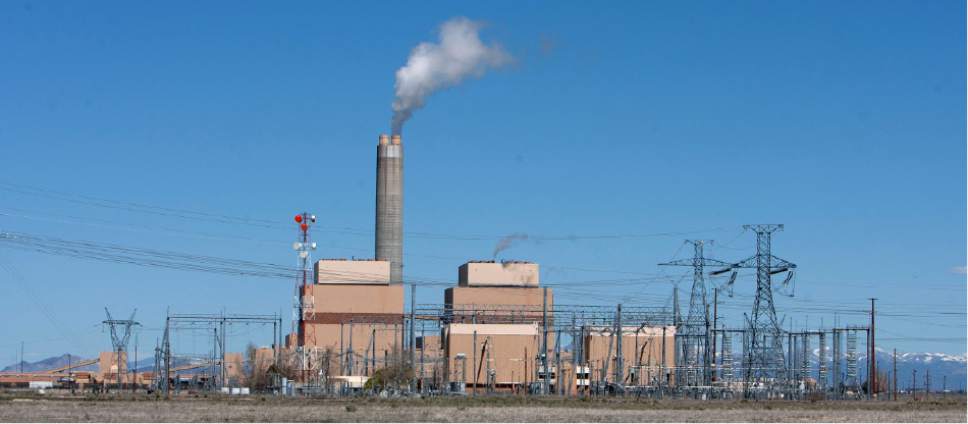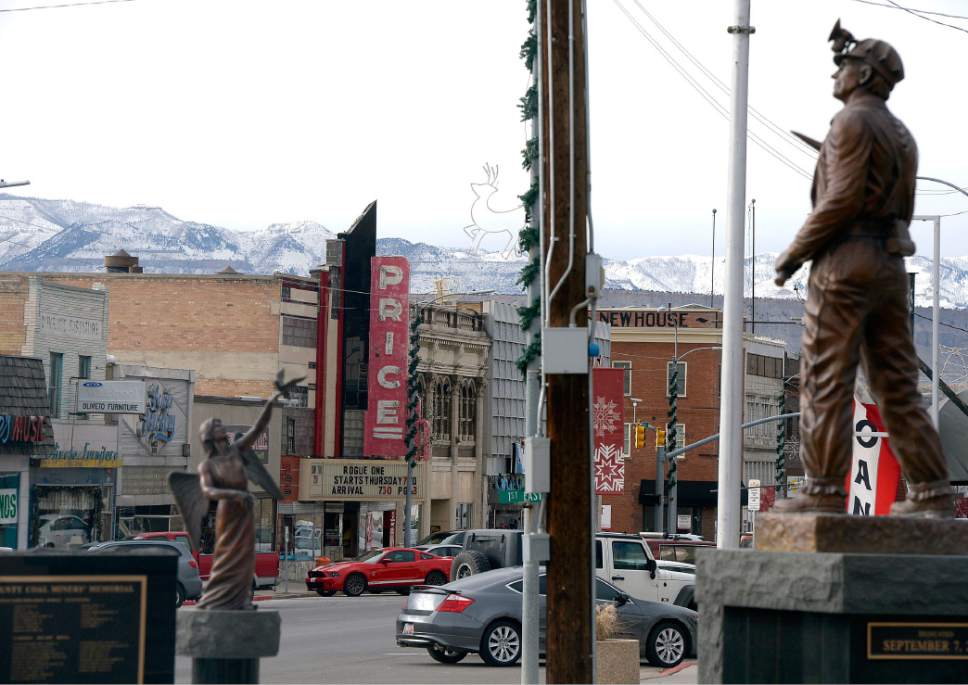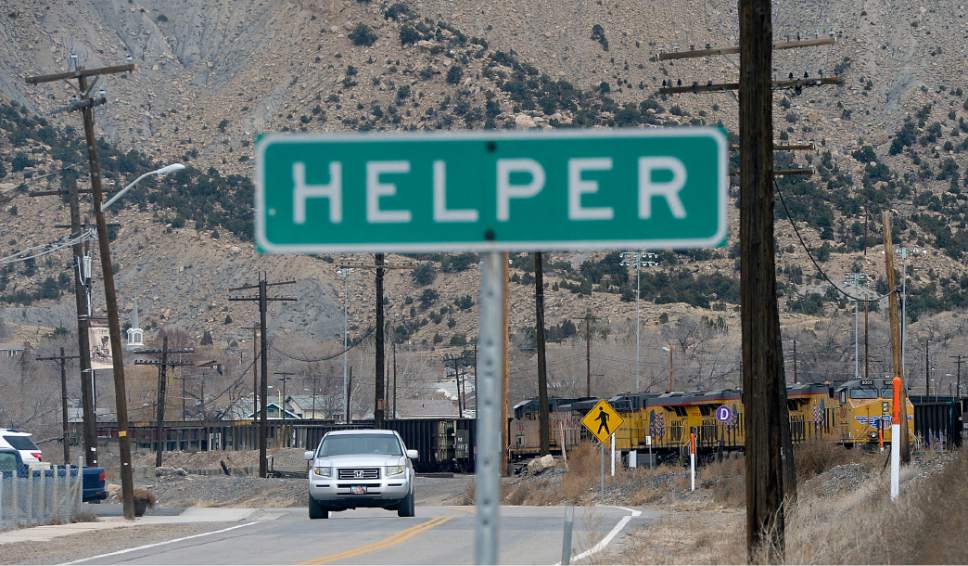This is an archived article that was published on sltrib.com in 2017, and information in the article may be outdated. It is provided only for personal research purposes and may not be reprinted.
Even if coal will support their economies for a few more years, communities in Utah's coal country should prepare in their own individual ways for the day when coal is no longer king, a new report says.
"The successful communities will be those that prepare" for changes happening in rural areas of the state, concluded a Utah Foundation report released Thursday.
The nonpartisan policy organization examined communities affected by declines in coal-related employment. Because the impact of these changes will be different in, for example, traditional mining center Price than in Delta, the biggest Millard County city near the coal-fired Intermountain Power Plant (IPP), report author Shawn Teigan said each community "should look to themselves as to what they want to be."
Some communities already have started turning to tourism as a replacement industry, Teigan said as he wrapped up the last of a three-part series of reports on Utah's coal industry. But tourism isn't for everybody.
"A lot don't want to go down the Moab road," he said, referring to the Grand County city often filled with hordes of visitors recreating in redrock country.
Still, Teigan said, diversification is essential to prepare for an "uncertain future for coal-fueled electricity generation and coal mining."
Some of that diversification involves coal, he noted, citing the availability of federal and state grants to help companies study the fossil fuel's use in producing carbon fibers or a liquid-coal alternative to oil.
Another option would be to figure out how to use subterranean caverns created by mining and drilling to store climate-changing greenhouse gases, a process known as sequestration.
"Communities will need to utilize their strengths," Teigan said, "and turn some of their weaknesses to their advantage — such as marketing their higher unemployment rates as a potential for job creation."
Millard County is "excited to face this challenge head on," said Scott Barney, economic development director for the western Utah county that has no minable coal deposits but has come to depend on the fossil fuel because of the IPP. It has produced electricity for primarily California customers for 30 years, burning mostly Utah coal.
While the IPP has paid more than $500 million in taxes over that period, Barney emphasized, "its impacts can't be measured."
As the plant switches to natural-gas-fired power production, he said, Millard County will tell would-be employers that the internet is as accessible there as most places along the Wasatch Front, possibly opening the door for more computer-related jobs.
Above all, he added, "it's important for rural Utahns to have a seat at the table. But we need to be willing to think about changing. We need to shift over our perspectives to better our economies."













